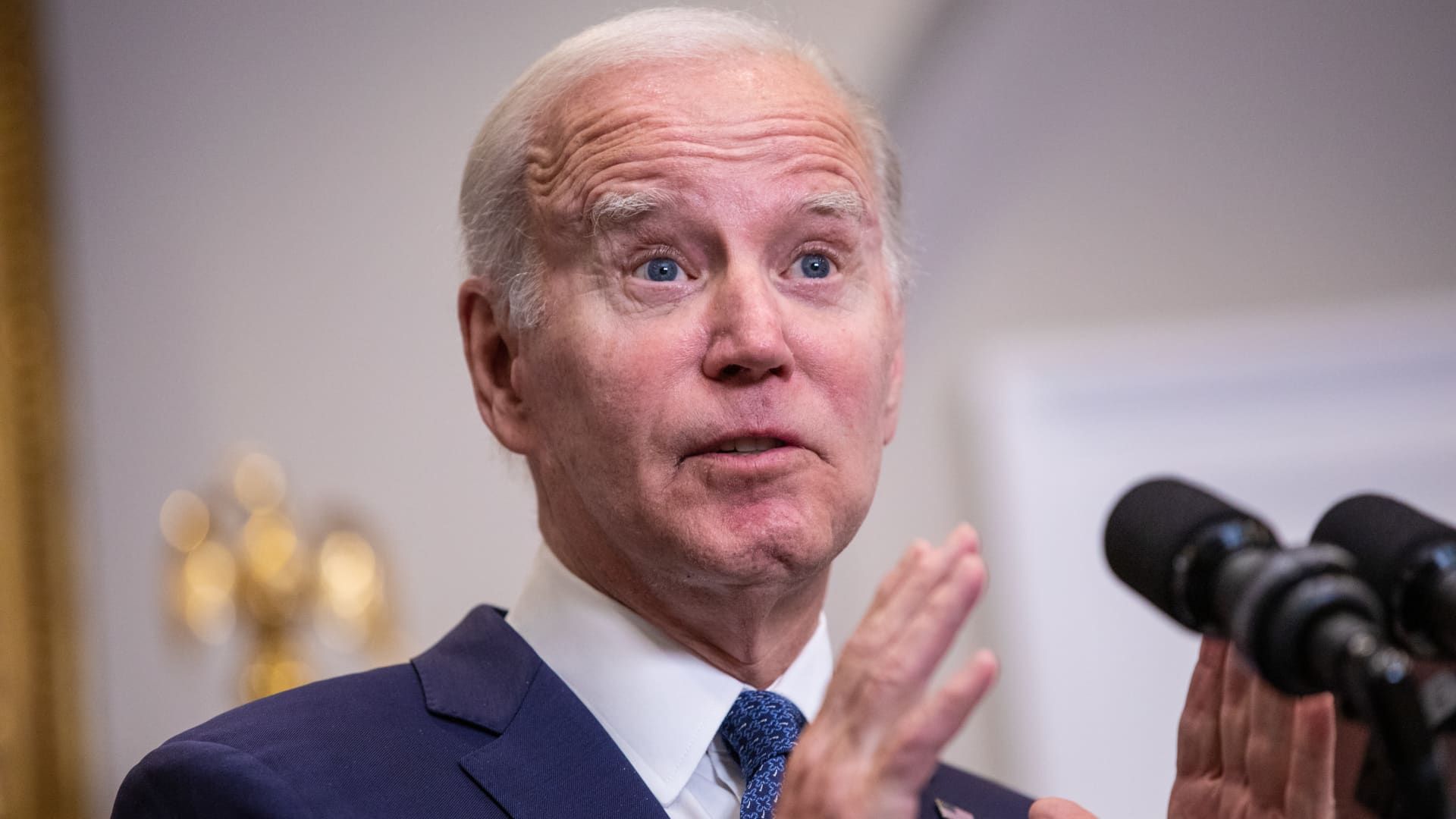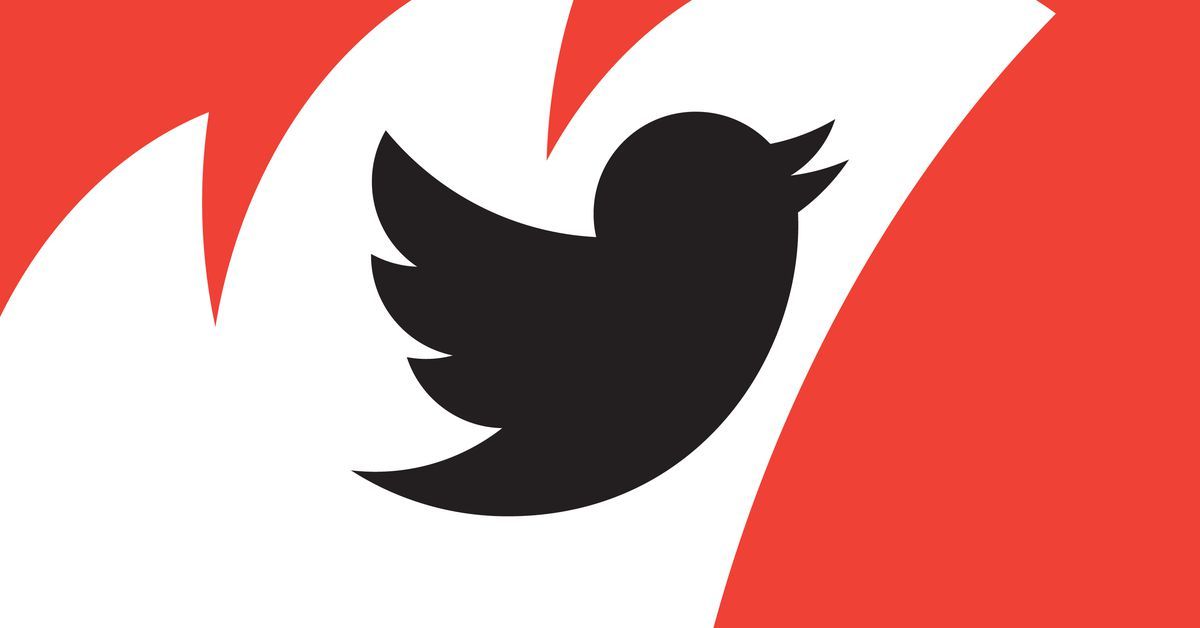First the debt ceiling, then inflation
President Joe Biden delivers remarks on a deal struck yesterday with House Speaker Kevin McCarthy to raise the national debt limit in the Roosevelt Room of the White House on May 28, 2023 in Washington, DC.
A deal to raise the U.S. debt limit has finally been reached. But investors still have to contend with sticky inflation and higher interest rates.
This report is from today's CNBC Daily Open, our new, international markets newsletter. CNBC Daily Open brings investors up to speed on everything they need to know, no matter where they are. Like what you see? You can subscribe here .
A deal to raise the U.S. debt limit has finally been reached. Take a deep breath — but don't relax fully just yet.
The deal still has to pass a vote in Congress, where it might be subject to further wrangling from both sides of the partisan divide. Furthermore, the deal prescribes spending cuts, which is exactly what the U.S. doesn't need if it does indeed slide into a recession that many economists have been warning about (though this most-predicted recession in economic history always seems six months away).
Still, that Biden and McCarthy have hashed out a preliminary deal should give investors confidence to put aside worries of the U.S. defaulting and return their focus to markets and the broader economy.
But it's not business as usual there — hence my advice not to relax yet. The U.S. economy this year somehow still managed to surprise even after a tumultuous 2022 that upended everyone's assumptions.
Inflation is still uncomfortably high. In fact, going by the PCE report, consumers spent more on goods and services in April than in March. This suggests inflation isn't high and moderating — as the consumer price index, another inflation reading, stated — but is high and increasing. Indeed, the PCE report showed spending jumped 0.8%.
As the PCE is the Federal Reserve's preferred inflation gauge, we shouldn't ignore the warning signs of persistent inflation — and potential higher interest rates — that the index is flashing. Indeed, markets are now betting the Fed will raise rates instead of pausing at its upcoming June meeting. There's now a 56% chance for a quarter percentage point increase, according to CME Group data. The probability was just 17% two weeks ago.
In other words, the debt ceiling fracas might soon be over, but that means we're returning to a world of sticky inflation, high interest rates and an ever-impending recession. Hardly a welcome return to normalcy.
Subscribe here to get this report sent directly to your inbox each morning before markets open.
Source: CNBC


